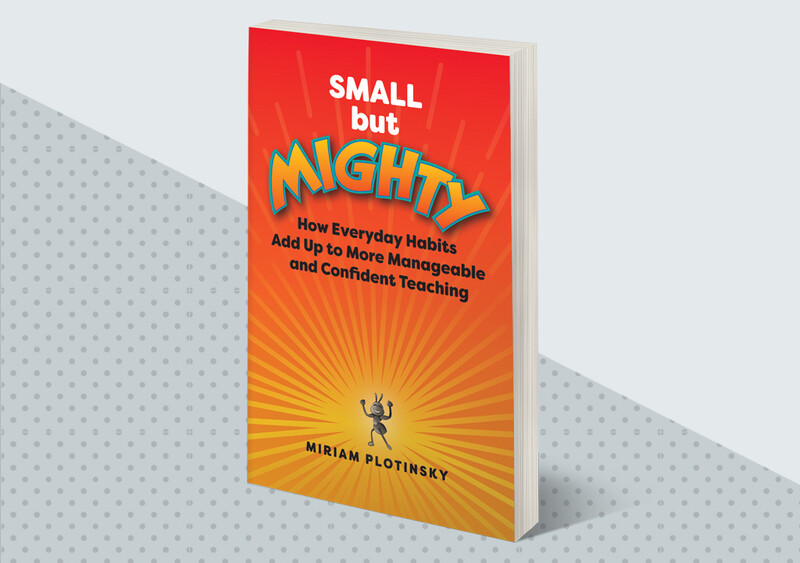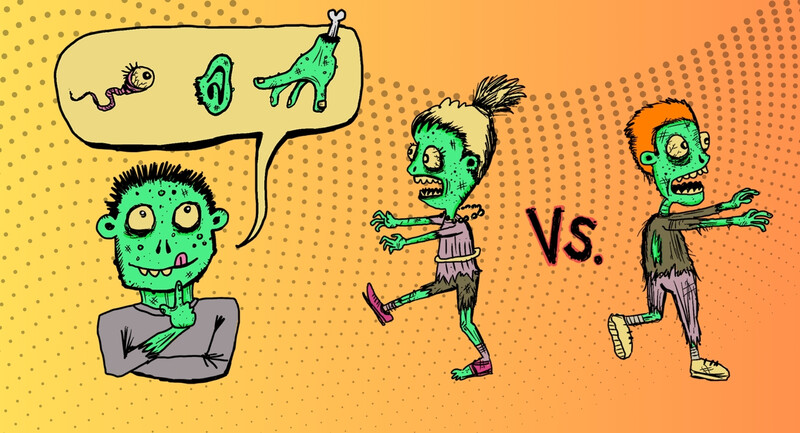“That just about covers it,” Ms. Davis says to her 5th grade class, winding up a long 30 minutes of direct instruction. “Any questions?”
The silence that ensues comes as no surprise. For the past couple of years, Ms. Davis has noticed that kids have gotten so much quieter. Initially, she attributed this to pandemic-related disruptions in learning, but now she wonders if increased student passivity has become the new norm.
I wish they would speak up. It would take a miracle to get them talking, she thinks. But shaking her head, she heads into the next part of the daily agenda.
Ms. Davis’s desire to change how students interact with her and with one another is commendable, but the assumption that these shifts would require drastic measures may be an overestimation. In fact, it's often subtle adjustments, not big changes, in daily classroom practices that can significantly impact a school's or teacher's success. While systemic issues exist, educators can make meaningful progress through incremental improvements in their approach to teaching and student engagement. The bottom line? Details matter.
Moving from Motivation to Habit
One area where this focus on small, impactful changes proves particularly effective is in the realm of student engagement and long-term academic success. While motivating kids has long been considered a gold standard for building lasting academic success, we would all do well to focus more on the smaller habits that are built over time. James Clear popularized the idea of “habit stacking” in his bestselling book Atomic Habits (Penguin Random House, 2018). As he noted, motivation—whether extrinsic or intrinsic—is often fleeting. Humans are naturally reward-driven, so when motivation falls short in achieving goals, it can vanish just as quickly as it appeared. For example, a star athlete internally driven to reach the state championships might lose motivation after an injury. However, if she has built consistent daily habits, like a strong nutritional routine or regular stretching, she can rely on those habits to guide her back on track, rather than depending solely on the fluctuating force of internal motivation.
While students can benefit from habit stacking, this technique is also valuable for teachers. Habit stacking, where new behaviors are built upon existing routines, is a natural fit for any teacher looking to adjust practices over time in a way that is measured rather than dramatic. In my book Small but Mighty: How Everyday Habits Add Up to More Manageable and Confident Teaching (ASCD, 2024), I share how to successfully build habits with teachers and students in the work we do before, during, and after instruction.
Teachers must intentionally identify and develop incremental habits for themselves and their students.
The key to this process is proactivity. Teachers must intentionally identify and develop incremental habits for themselves and their students. For instance, a teacher might stack a new habit of brief one-on-one check-ins with students onto their existing routine of greeting the class. Similarly, students could write down their assignment as an exit ticket before packing up at the end of class. By explicitly defining these habits and consciously stacking them onto existing routines, we create a framework for gradual, sustainable progress in the classroom. Suppose, for example, that Ms. Davis from the opening scenario builds some incremental habits for herself that increase the level of student participation in her classroom. Some examples might be:
- Make a conscious effort to talk less by taking a full five seconds of wait time after asking a question.
- Tally student responses over the course of a week or so. Who is talking, and how much?
- Look through the class roster and make notes about how students process information. Who are more external or vocal processors, and which students seem to be more internally focused?
- Consider a variety of approaches to increasing student output, both verbally and otherwise. What participation or engagement strategies will be most helpful in creating an academically safe space for students to share ideas in varied ways?
- Use exit tickets or quick surveys to gather student feedback on their comfort level with participation and preferences for engagement.
The Impact of Incremental Change
To illustrate the power of testing out the habits listed above, think back to the challenge Ms. Davis faces with getting students to do more of the academic lift and share their ideas with one another and with her. As she moves through the steps to increase student output, Ms. Davis should select one habit to focus on each week, making note of what works and what needs adjustment. The following week, she can either refine that habit or try a new one, gradually building a repertoire of effective practices. Consider what her classroom might look like after a month of “habit stacking” the steps outlined above.
“I’ve posted our thought question on the board,” Ms. Davis says. “Please get up, find a partner across the room, and discuss the question.”
Over the past month, Ms. Davis has been making a concerted effort to tally which students in her class talk the most, and who is more reticent. Some definite patterns cropped up almost immediately, so she has been experimenting with ways to help students express their ideas without having to feel put on the spot.
Students float around for a minute or two before settling into conversations with one another. While they chat, Ms. Davis circulates to listen to some of the conversations, but she doesn’t say a word. She has been building the habit of talking less, and that includes giving kids as many ways to share their thoughts as possible.
When everyone has had a chance to bounce ideas off one another, Ms. Davis calls the class back to order. “Next step, folks. Please write one response to the thought question you discussed as a pair on one of the sticky notes up here at the table. When you’re done, put your sticky note on the wall, and then circulate to read what others wrote.”
“Do we have to put our names down?” asks one student.
“It’s up to you,” Ms. Davis says. “We’re focused on getting our ideas out there, so that’s the important part.”
As sticky notes begin going up on the walls and students walk around talking to each other about the thought question, Ms. Davis feels a sense of accomplishment. It has taken a lot of targeted work to build habits that help kids express themselves with more confidence, and there is more to be done, but there is no denying their progress.
With time and consistency, habit stacking presents a truly meaningful shift in the way we work to achieve more by doing less.
When at first teachers embrace habit stacks to modify their practice, the results in student performance gains may seem slow or cumbersome. However, it’s important to remember that even the tiniest moves toward creating a stronger foundation for success yield some immediate benefits. As we experiment with new ways of conducting instruction, kids who may have been overlooked in the past or misunderstood will get more opportunities to show us what they can do.
Ultimately, with time and consistency, habit stacking presents a truly meaningful shift in the way we work to achieve more by doing less. Sticking with the power of habits over motivation creates more room in each instructional day to achieve goals, to connect with kids, and to have bandwidth left over for our own well-being.
Small but Mighty: How Everyday Habits Add Up to More Manageable and Confident Teaching
In teaching, the details matter. When educators make small changes to their practice, they can reap big rewards . . . and produce big results.









